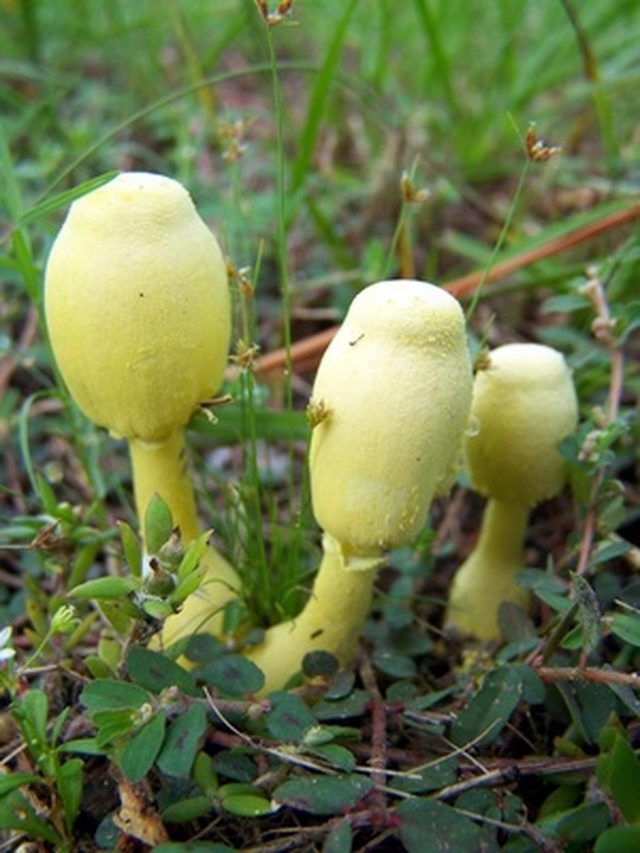Bulbs
Flower Basics
Flower Beds & Specialty Gardens
Flower Garden
Garden Furniture
Garden Gnomes
Garden Seeds
Garden Sheds
Garden Statues
Garden Tools & Supplies
Gardening Basics
Green & Organic
Groundcovers & Vines
Growing Annuals
Growing Basil
Growing Beans
Growing Berries
Growing Blueberries
Growing Cactus
Growing Corn
Growing Cotton
Growing Edibles
Growing Flowers
Growing Garlic
Growing Grapes
Growing Grass
Growing Herbs
Growing Jasmine
Growing Mint
Growing Mushrooms
Orchids
Growing Peanuts
Growing Perennials
Growing Plants
Growing Rosemary
Growing Roses
Growing Strawberries
Growing Sunflowers
Growing Thyme
Growing Tomatoes
Growing Tulips
Growing Vegetables
Herb Basics
Herb Garden
Indoor Growing
Landscaping Basics
Landscaping Patios
Landscaping Plants
Landscaping Shrubs
Landscaping Trees
Landscaping Walks & Pathways
Lawn Basics
Lawn Maintenance
Lawn Mowers
Lawn Ornaments
Lawn Planting
Lawn Tools
Outdoor Growing
Overall Landscape Planning
Pests, Weeds & Problems
Plant Basics
Rock Garden
Rose Garden
Shrubs
Soil
Specialty Gardens
Trees
Vegetable Garden
Yard Maintenance
Yellow Fungus in Houseplant Soil
Yellow Fungus in Houseplant Soil. Gardeners may find small, bright yellow mushrooms growing in the soil of their houseplants. There can be many reasons these mushrooms develop, but in most cases they are not harmful to the plant itself. These yellow mushrooms may be the result of several different types of fungi. Houseplant gardeners can take...

Gardeners may find small, bright yellow mushrooms growing in the soil of their houseplants. There can be many reasons these mushrooms develop, but in most cases they are not harmful to the plant itself. These yellow mushrooms may be the result of several different types of fungi. Houseplant gardeners can take several steps to prevent the development of fungal mushrooms should they wish to remove them.
House Plant Mushrooms
Several different types of fungi may cause small, yellow mushrooms to grow in the soil of a houseplant. Common fungi types include Lepiota lutea and Leucocoprinus birnbaumii. According to Iowa State University, Lepiota lutea commonly grows outdoors during the summer but may appear year-round in potted houseplants or greenhouses. The Leucocoprinus birnbaumii is similar to Lepiota lutea mushrooms with a bright yellow appearance when they first appear, according to Professor Tom Folk writing for the University of Wisconsin-LaCrosse. Neither type of mushroom is harmful to the plants.
Shape and Size
The Lepitoa lutea fungi produces mushrooms between 1 and 3 inches tall with a lemon-yellow color and a 1- to 2-inch oval or bell-shaped cap. According to Iowa State University, these mushrooms begin their life cycle as threadlike fungi in the soil, typically unable to be detected by the human eye. Leucocoprinus birnbaumii is similar in appearance to the Lepitoa lutea mushroom. It appears first as a small, bright-yellow mushroom almost identical to the Lepitoa lutea, but as it grows it develops a larger, very pale yellow cap, according to the University of Wisconsin-LaCrosse.
Reasons for Development
Both types of fungal mushrooms develop for similar reasons. In some cases, the fungi may already be present in potting soil, according to New Mexico State University. The warm, wet conditions in potted houseplants and greenhouses are perfect for these mushrooms to develop. In fact, mushroom development may be a sign of overwatering.
Allergies and Toxicity
According to the University of Wisconsin-Lacrosse, Leucocoprinus birnbaumii is not known to cause any contact allergy symptoms. People can safely handle the mushrooms without any problems. However, there is some debate about the toxicity of the fungus. It is recommended that people and animals avoid eating Leucocoprinus birnbaumii mushrooms. Lepitoa lutea mushrooms are known to be toxic, according to Iowa State University. They should not be eaten by people or animals.
Prevention
While these fungal mushrooms are not dangerous to the plants, some home gardeners may want to prevent them from developing in their garden. Mushrooms may be pulled out by hand when they begin to appear. New Mexico State University suggests that home gardeners allow the soil to dry out completely before watering. If plant soil seems too dry, water plants from the bottom.